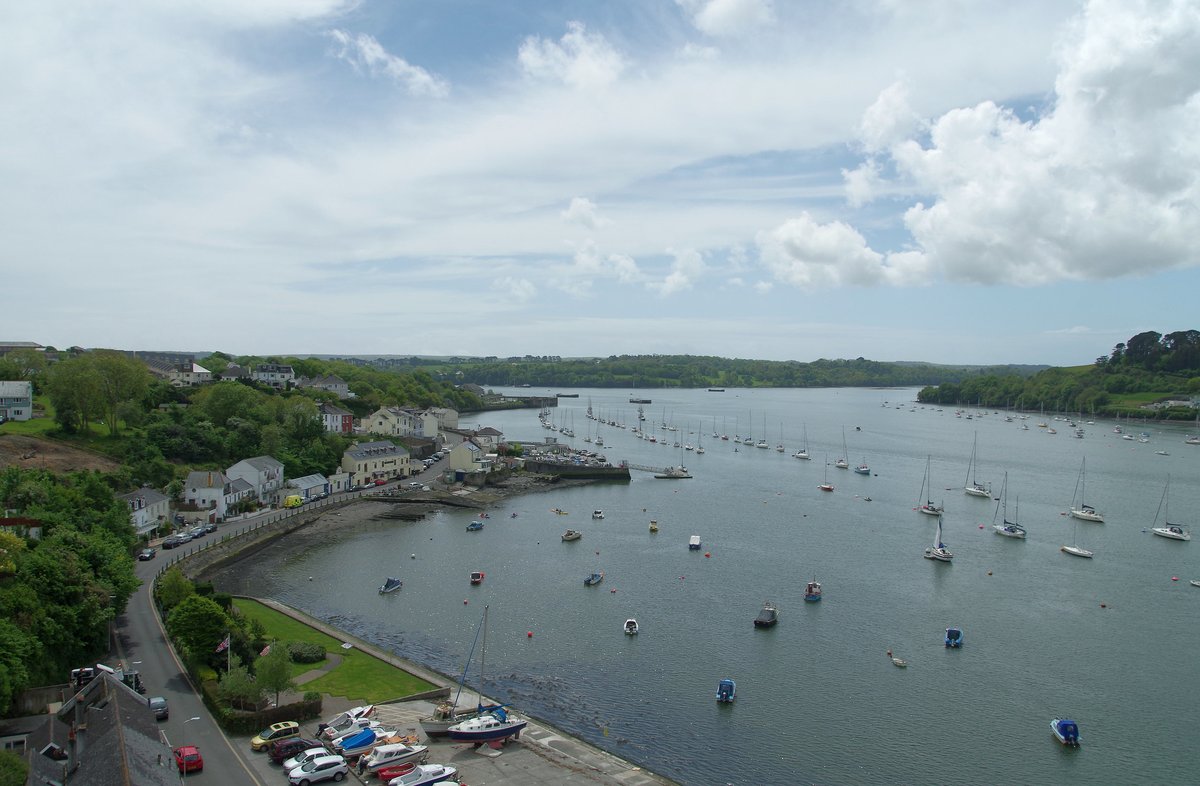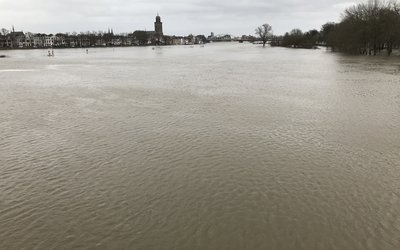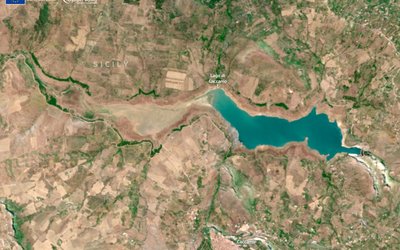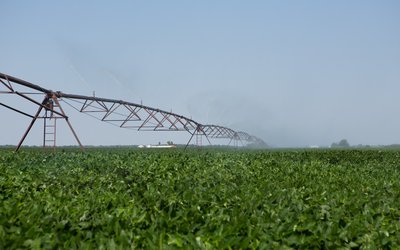Extreme salt intrusion into European estuaries will become increasingly common this century
February 6, 2024

Photo: Tamar Estuary, UK (Matt Buck, www.flickr.com)
Estuaries are tidal basins where river discharge meets the sea and saline and freshwater mix. The lower the river discharge, the further the salt water can intrude inland into these basins. Extreme salt intrusion may be detrimental for those who use the freshwater for irrigation, drinking water production or industrial processes. Climate change will lead to lower summer discharge in most European rivers. As a result, the risks of extreme salt intrusion events across European estuaries will increase.
This has been studied for 9 European estuaries under a relatively high-end scenario of climate change. The results are especially relevant for the summer when river discharge is low and pressure on the available freshwater resources is relatively high. According to these results, summer discharge of the rivers flowing into these estuaries decreases by 10–60% by the end of this century. As a result, salt intrudes further landward into these estuaries by 10–30%, and the frequency of extreme salt intrusion events increases by more than five times.
By the end of this century, extreme salt intrusion events that now occur on average once every hundred years, are expected to occur approximately every 40 years in the Loire and Thames estuaries, every 10 years in the Gironde and Elbe estuaries, and even every 4 years in the Tamar, Guadalquivir and Rhine-Meuse estuaries. Salt intrusion events that we consider as extreme today will become a regularly occurring event in many estuaries this century.
Source: Lee et al., 2024. Communications Earth & Environment 5: 60, doi: 10.1038/s43247-024-01225-w.








